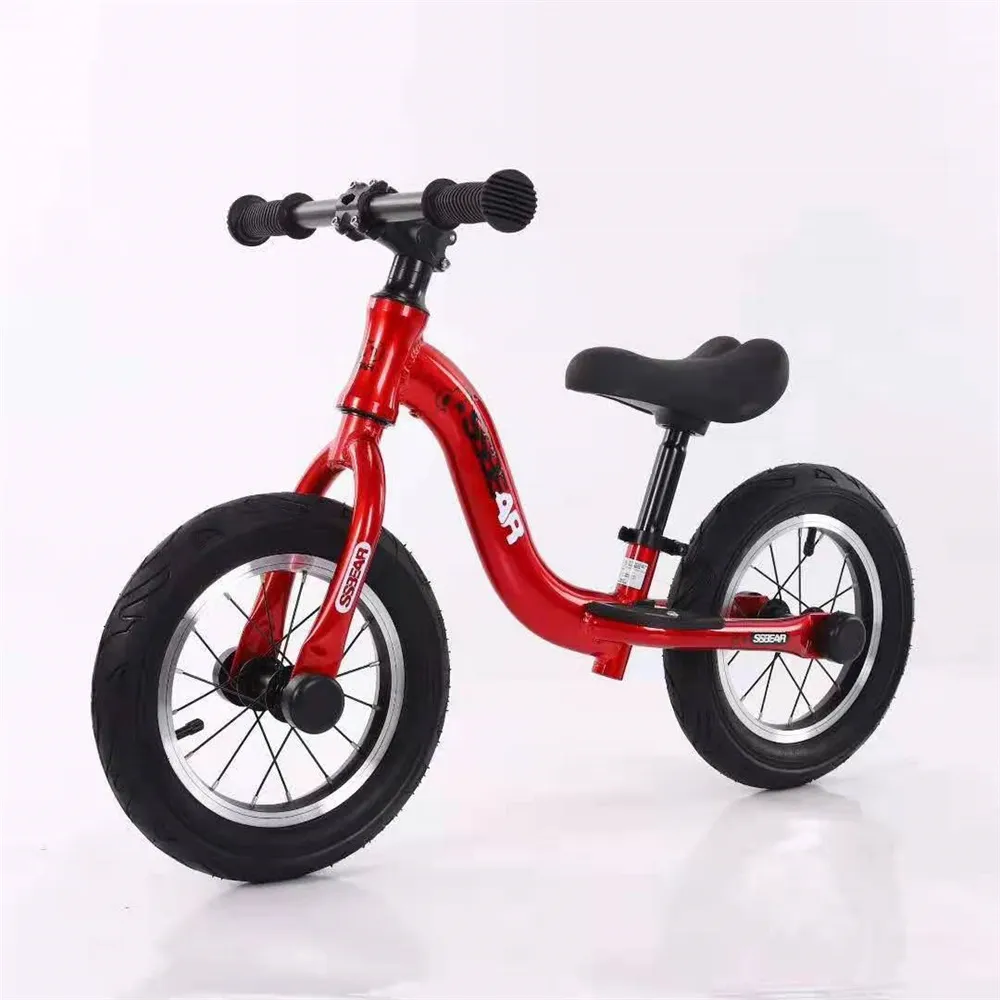difference between a hybrid and mountain bike
Understanding the Difference Between a Hybrid and Mountain Bike
In the world of cycling, choosing the right bike for your needs can greatly enhance your riding experience. Among the most popular types of bicycles are hybrid and mountain bikes, each designed for specific riding conditions. This article will delve into the key differences between these two styles of bikes, helping you make an informed decision.
Design and Frame
One of the most noticeable differences between hybrid and mountain bikes is the design and frame structure. Mountain bikes feature a sturdy, rugged frame built to withstand rough terrains and obstacles. They often have a larger frame to support the additional components needed for off-road biking, such as front and rear suspension, wide tires, and reinforced construction. This design allows them to endure demanding conditions like steep inclines, rocky trails, and muddy paths.
In contrast, hybrid bikes combine elements from both road and mountain bikes, making them versatile for varied terrains. They typically have a lighter frame that provides an upright riding position, which is more comfortable for casual riders. The frame geometry is designed to offer a smooth and efficient ride on both pavement and light off-road trails. Hybrids often come equipped with a mix of features from both types, allowing riders to take advantage of the best of both worlds.
Tires and Wheels
Tires are another critical area where hybrid and mountain bikes differ. Mountain bikes are outfitted with thick, knobby tires that provide maximum traction and stability on uneven surfaces. These tires are essential for gripping dirt, gravel, or rocky trails, allowing cyclists to navigate difficult terrains safely.
On the other hand, hybrid bikes sport medium-width tires that strike a balance between speed and comfort. While they have a bit more grip than road bike tires, they are not as thick or aggressive as those found on mountain bikes. This design allows for a smoother ride on pavement while still providing the capability to handle light trails and gravel paths. If you plan on riding primarily on roads or bike paths but occasionally tackling rougher surfaces, a hybrid bike might be the right choice for you.
difference between a hybrid and mountain bike

Gearing and Speed
When it comes to gearing, mountain bikes usually have a wide range of gears designed to navigate steep hills and challenging terrain. This configuration allows for lower gears, making it easier to climb inclines or handle rough passageways without losing momentum.
Hybrid bikes, in contrast, typically feature a simpler gearing system. They usually come with fewer gears that are optimized for speed and efficiency on flat surfaces. Cyclists who primarily ride on urban roads and bike paths will appreciate the streamlined gearing of a hybrid, which allows for faster speeds without the need for extensive gear changes.
Comfort and Usage
Comfort is another significant factor distinguishing hybrid bikes from mountain bikes. Due to their design, hybrid bikes tend to offer a more comfortable riding position, with features such as padded seats and ergonomic handlebars. This makes them ideal for commuters and recreational riders who may spend extended periods in the saddle.
Mountain bikes, while incredibly capable on rugged terrains, can be less comfortable for long-distance rides due to their aggressive riding position and stiffer suspension systems. Riders who frequently navigate challenging off-road trails will appreciate the ruggedness of a mountain bike, but those with more casual cruising in mind may find hybrids more suitable.
Conclusion
In summary, the choice between a hybrid bike and a mountain bike largely depends on your intended use and riding environment. If you’re looking for a versatile bike to tackle a variety of terrains, a hybrid might be the way to go. However, if your passion lies in off-road cycling and adventurous trails, a mountain bike is undoubtedly better suited to meet your needs. Understanding these differences will guide you towards making the right investment in your cycling journey.
-
The Perfect Baby TricycleNewsAug.11,2025
-
Ride into Fun with Bikes for KidsNewsAug.11,2025
-
Ride into Adventure with the Perfect Kids Balance BikeNewsAug.11,2025
-
Fun and Safe Riding with the Best Childrens ScootersNewsAug.11,2025
-
Find the Perfect Childrens Bike for Your Little OneNewsAug.11,2025
-
Explore the Best Baby Tricycles for Your Little OneNewsAug.11,2025
-
Three-Wheel Light-Up Scooter Benefits for KidsNewsJul.11,2025








